Countries that turned away from monarchies
Throughout history, many nations have chosen to abandon monarchical systems in favor of republics or other forms of governance. This transition often reflects a desire for greater representation and democratic ideals.
These shifts have significantly impacted the cultural and political landscapes of the countries involved, offering fascinating insights into the evolution of governance. From revolutions to peaceful transitions, the stories of these nations highlight the diverse paths taken towards self-determination.
France: From Monarchy to Republic

France’s transition from monarchy to republic was marked by the dramatic events of the French Revolution. Spanning from 1789 to 1799, the revolution dismantled the absolute monarchy of Louis XVI, leading to the establishment of the First French Republic.
This period was characterized by radical social and political upheaval, including the infamous Reign of Terror. France’s journey set a precedent for abolishing monarchies, inspiring similar movements worldwide.
The American Revolution: A Break from Monarchical Rule
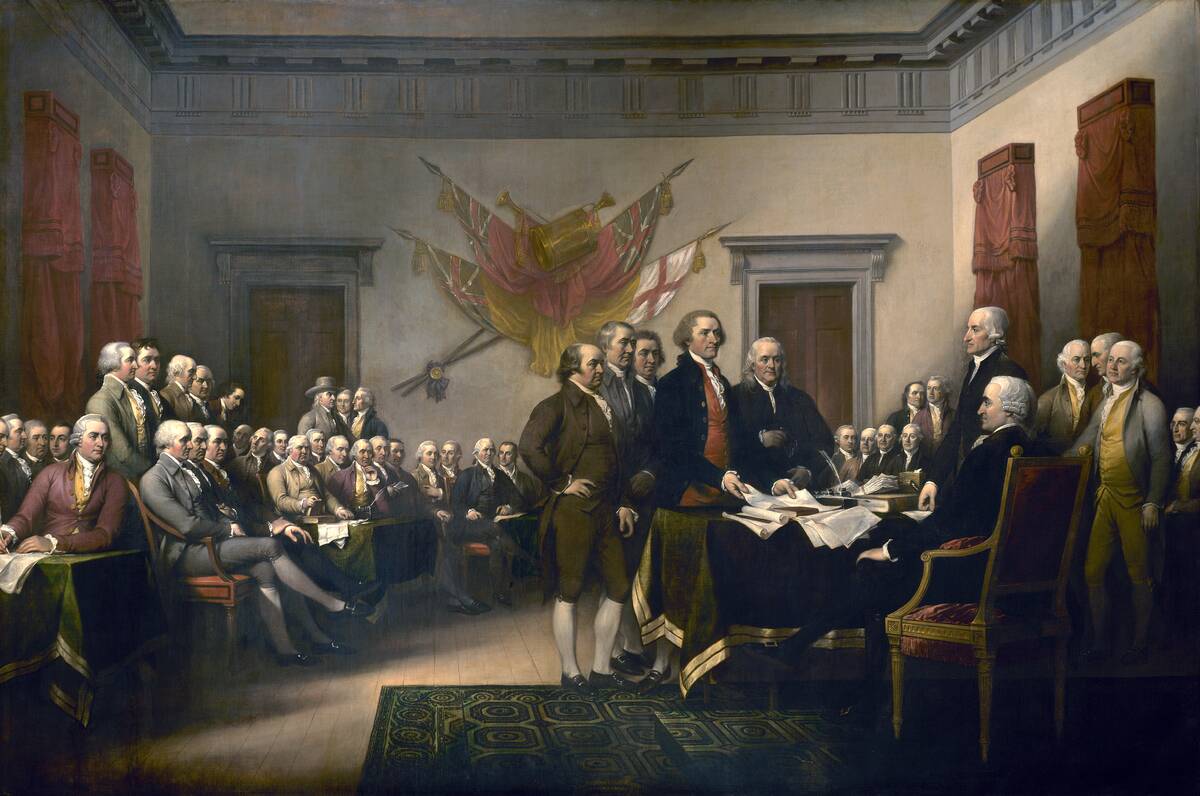
The American Revolution was a pivotal event that led to the United States’ independence from British monarchical rule. Beginning in 1775, the revolution was fueled by colonial grievances against King George III’s policies.
The Declaration of Independence in 1776 encapsulated the colonies’ desire for self-governance, ultimately leading to the establishment of a republic. This revolution not only birthed a new nation but also inspired other countries to challenge monarchical authority.
Russia’s Journey from Tsarist Autocracy
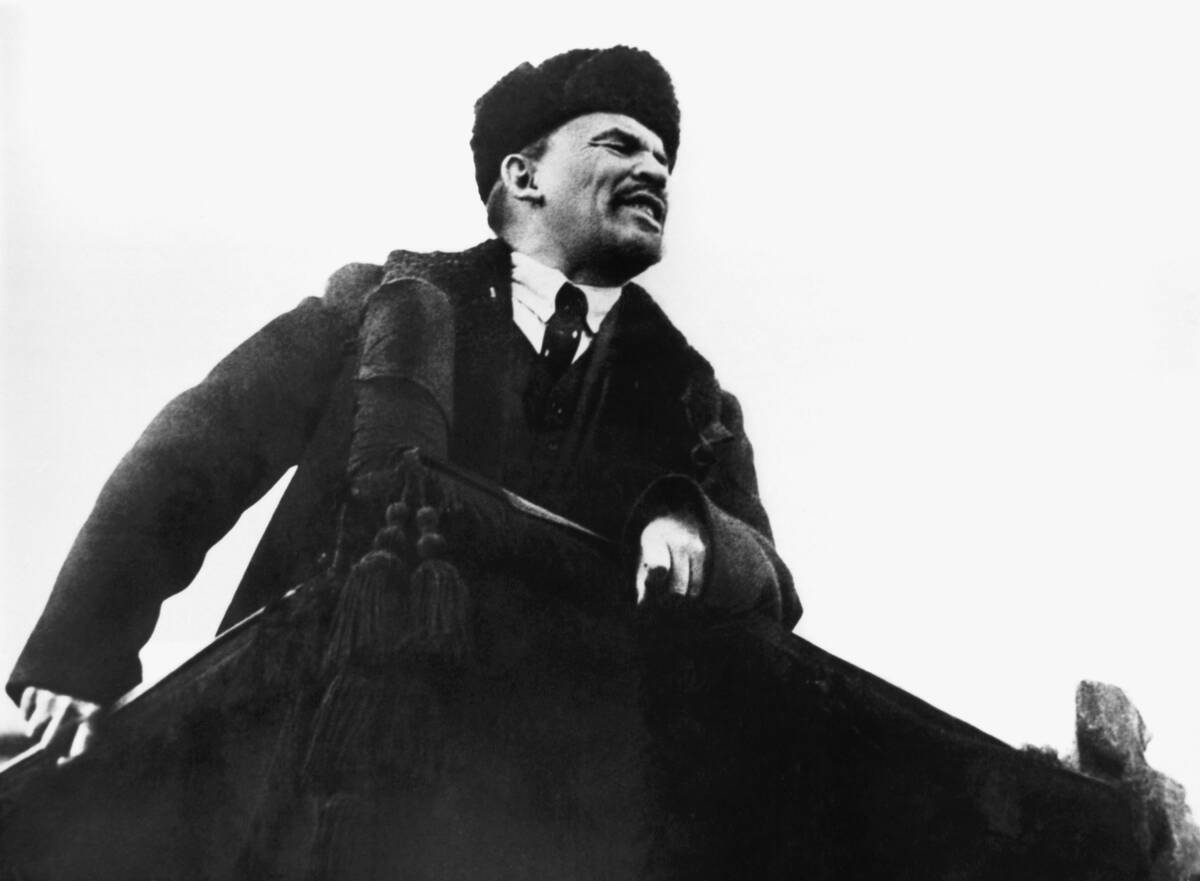
Russia’s departure from monarchy culminated in the Russian Revolution of 1917, which dismantled the centuries-old Tsarist autocracy. The abdication of Tsar Nicholas II marked the end of imperial rule, paving the way for the Soviet Union’s creation.
This transition was driven by widespread dissatisfaction with the monarchy’s inability to address social and economic issues. The revolution signified a turning point, ushering in an era of communist governance under Lenin (pictured) and the Bolsheviks.
The Abolition of the Chinese Monarchy
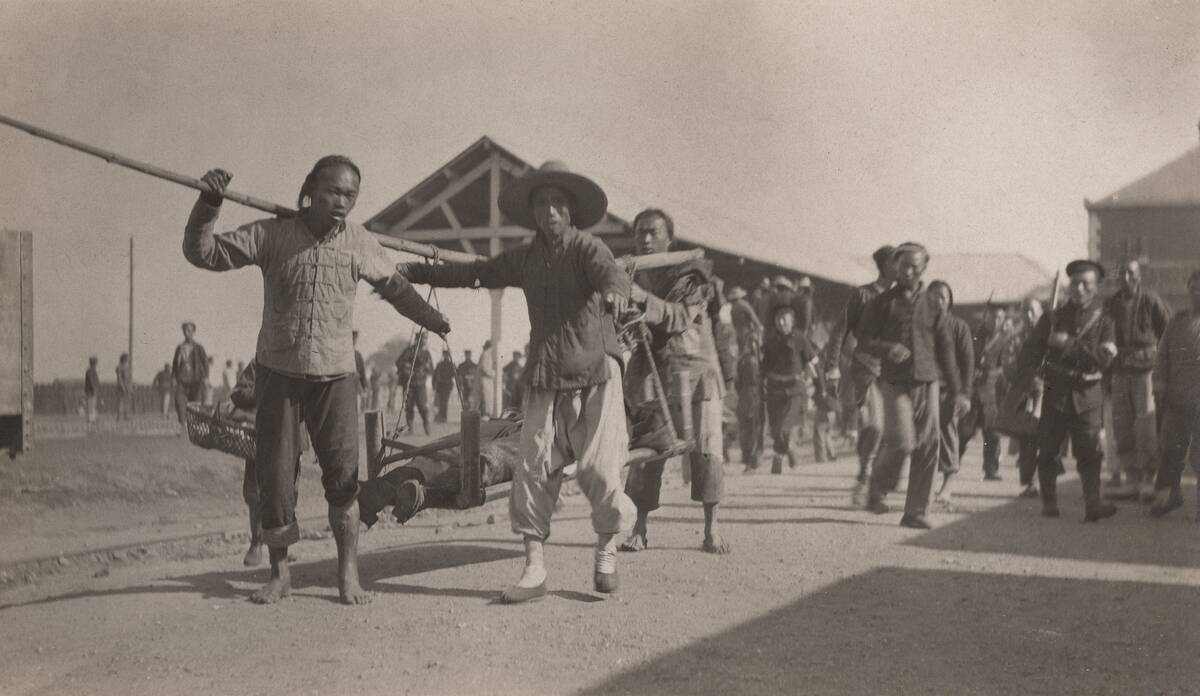
China’s transition from monarchy to republic was realized through the Xinhai Revolution of 1911. This revolution led to the abdication of the last emperor, Puyi, and the establishment of the Republic of China.
The fall of the Qing Dynasty ended over two thousand years of imperial rule, driven by internal strife and external pressures. The transformation marked the beginning of a new political era, with Sun Yat-sen emerging as a key figure in China’s republican movement.
Portugal: The Revolution That Ended a Monarchy
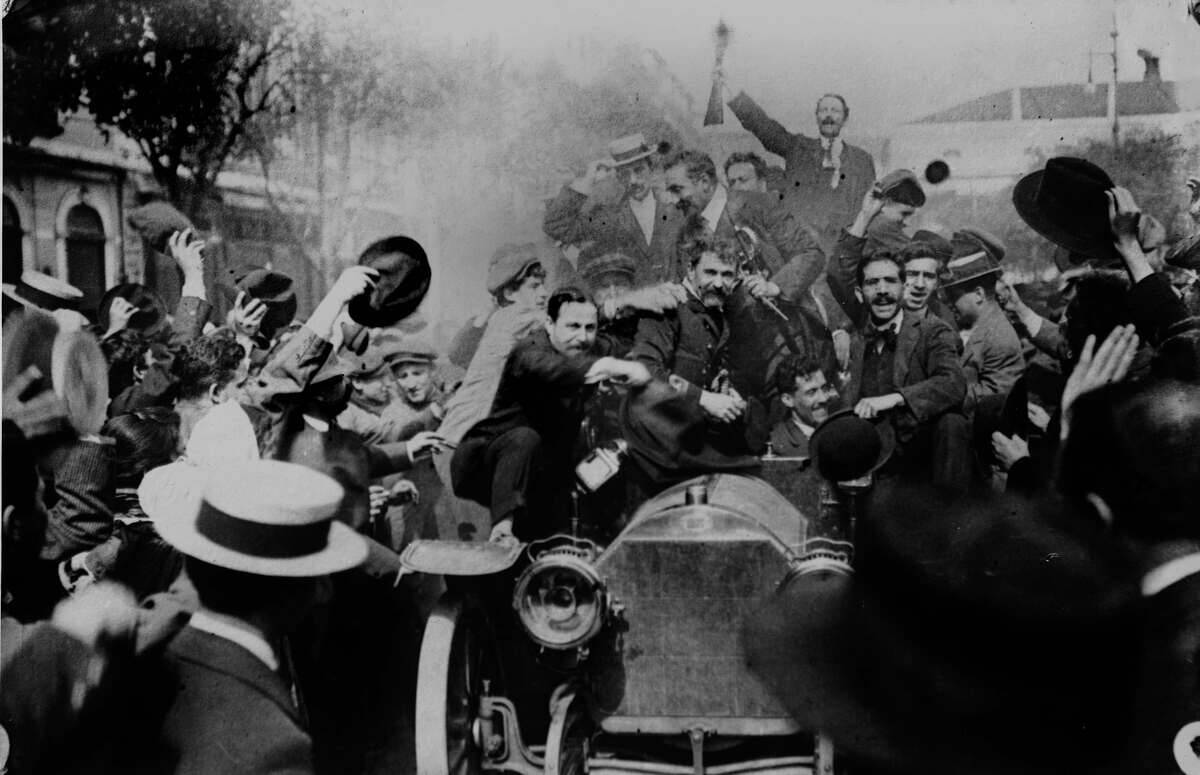
Portugal’s monarchy was abolished following the 1910 revolution, which resulted in the establishment of the Portuguese First Republic. The revolution was a response to the monarchy’s inability to address economic woes and political unrest.
The Portuguese King Manuel II was deposed, ending centuries of royal rule. This relatively peaceful transition was significant in shaping Portugal’s modern political landscape, moving towards a system based on democratic principles and republican ideals.
Italy’s Path from Kingdom to Republic

Italy transitioned to a republic following the end of World War II, with a 1946 referendum sealing the fate of the monarchy. King Umberto II’s brief reign ended when Italians voted to establish a republic.
The decision was influenced by dissatisfaction with the monarchy’s association with Fascism and the war. This marked a new chapter for Italy, allowing the nation to rebuild and redefine itself post-war, focusing on democratic governance and economic recovery.
Germany: The Fall of the Kaiser

Germany’s monarchy ended with Kaiser Wilhelm II’s abdication in 1918, as World War I drew to a close. The German Revolution of 1918-1919 led to the establishment of the Weimar Republic, marking a significant shift from imperial rule.
The monarchy’s collapse was driven by military losses and widespread discontent among the populace. The transition paved the way for a tumultuous period in German history, characterized by political instability and economic challenges.
Greece’s Transition from Monarchy to Democracy
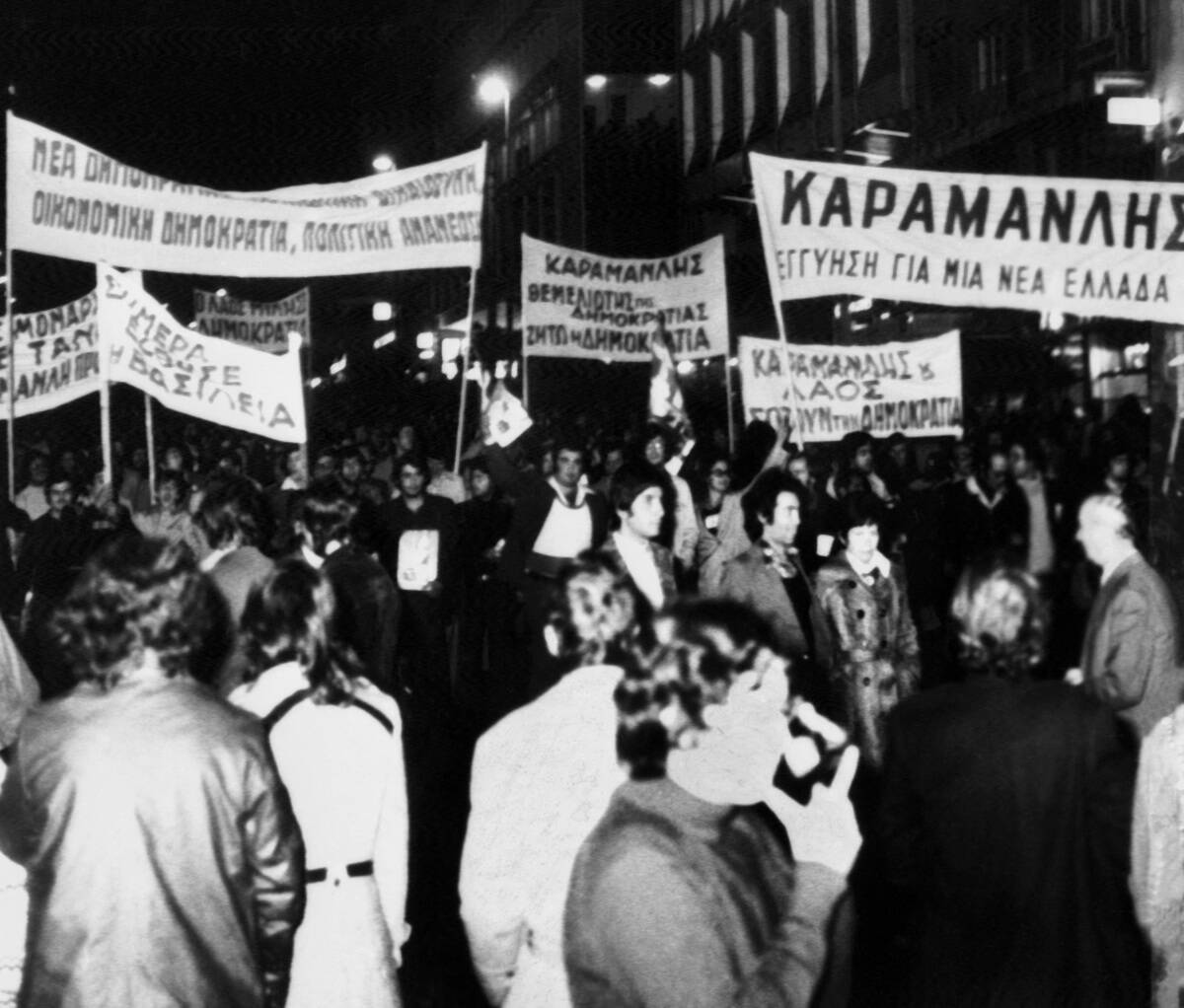
Greece’s monarchy was officially abolished in 1973 following a military dictatorship and a national referendum. The monarchy had been previously restored multiple times, reflecting ongoing political instability.
The 1974 referendum confirmed the establishment of a republic, ending the reign of King Constantine II. Greece’s shift to democracy marked a significant step towards political stability, allowing the country to focus on economic development and integration into the European community.
The End of the Ottoman Empire
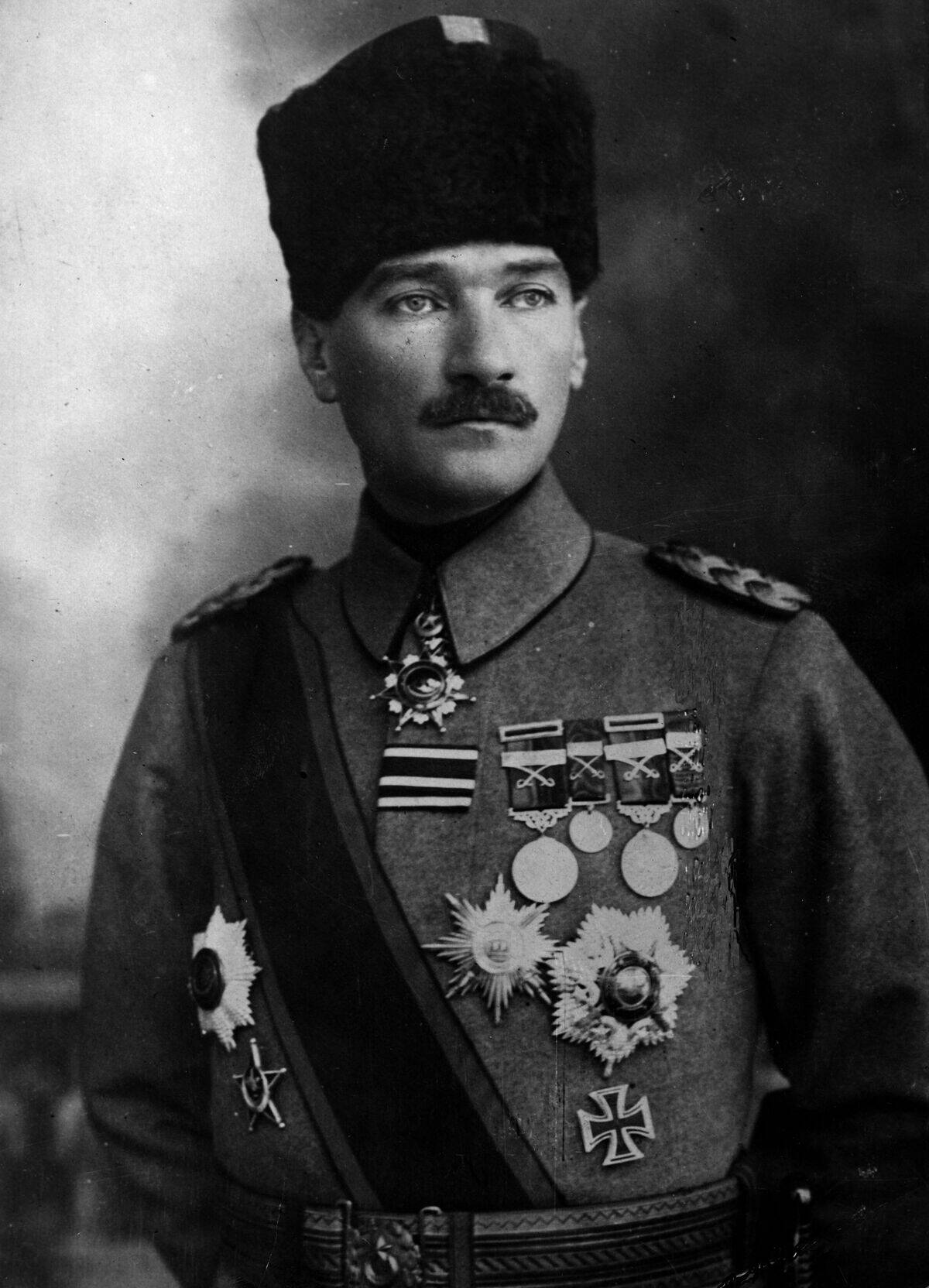
The Ottoman Empire’s fall in 1922 marked the end of a centuries-old dynasty, leading to the establishment of the Republic of Turkey. The empire’s decline was accelerated by World War I and internal reforms led by Mustafa Kemal Atatürk (pictured).
His leadership was instrumental in abolishing the sultanate and creating a modern, secular state. Atatürk’s reforms laid the groundwork for Turkey’s transformation into a republic, symbolizing a significant break from its imperial past.
Egypt: From Pharaohs to Presidents
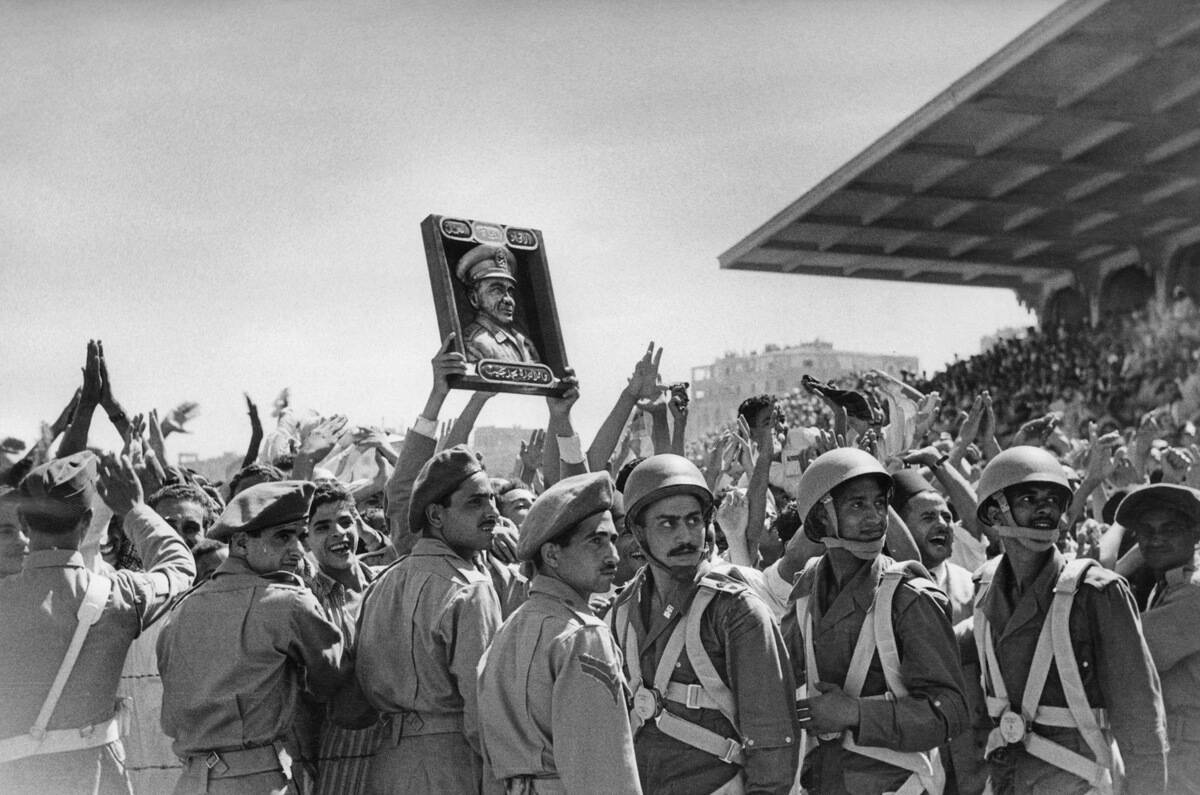
Egypt’s transition from monarchy to republic was completed in 1953 after the revolution of 1952, which led to King Farouk’s abdication. The movement was spearheaded by the Free Officers Movement, with Gamal Abdel Nasser playing a crucial role in establishing a republic.
This marked the end of Egypt’s monarchical rule, transitioning to a period of nationalist governance. The shift reflected broader regional trends towards independence and self-determination in the post-colonial era.
The Transformation of Iran: From Shahs to Republic
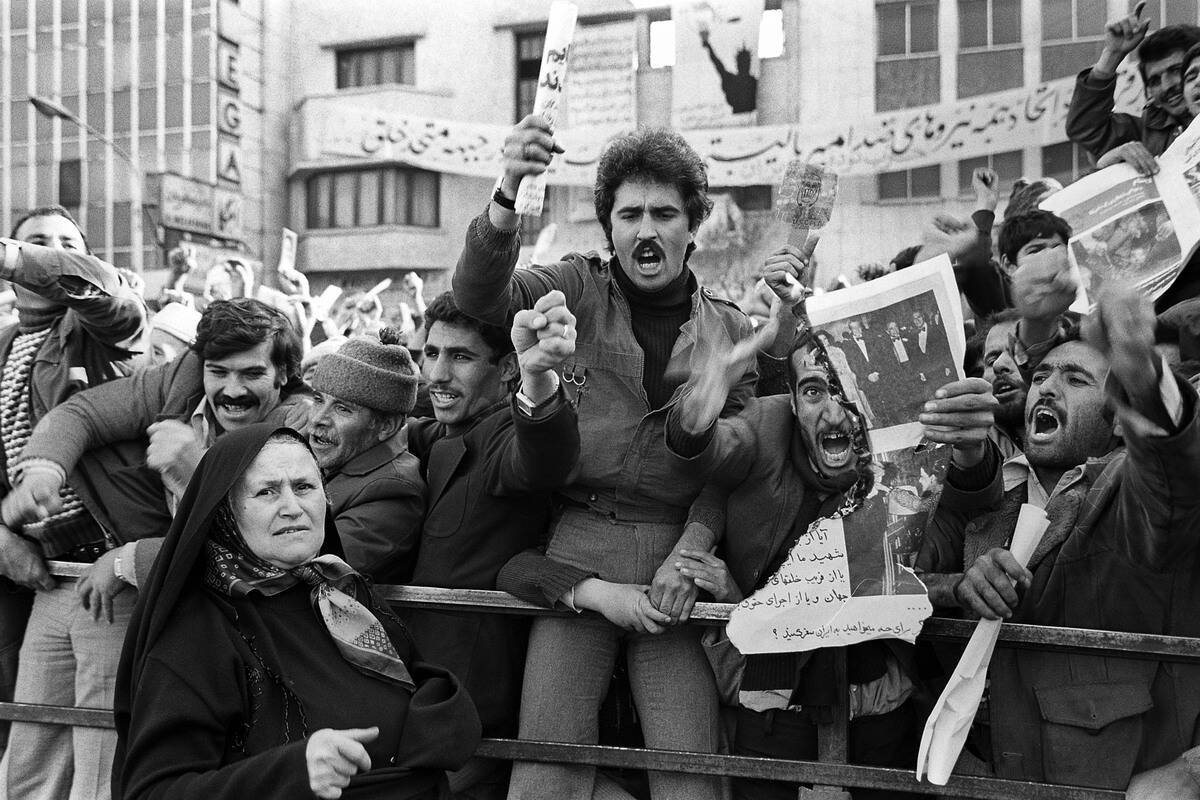
Iran’s monarchy was abolished in 1979 after the Iranian Revolution, which resulted in the establishment of an Islamic Republic. The revolution was fueled by widespread discontent with Shah Mohammad Reza Pahlavi’s regime, perceived as oppressive and corrupt.
The transition was marked by significant social and political upheaval, with Ayatollah Khomeini emerging as a central figure. This marked a dramatic shift in Iran’s governance, emphasizing religious leadership and a break from Western influence that still characterizes Iranian politics today.
Nepal’s Shift from Monarchy to Federal Republic
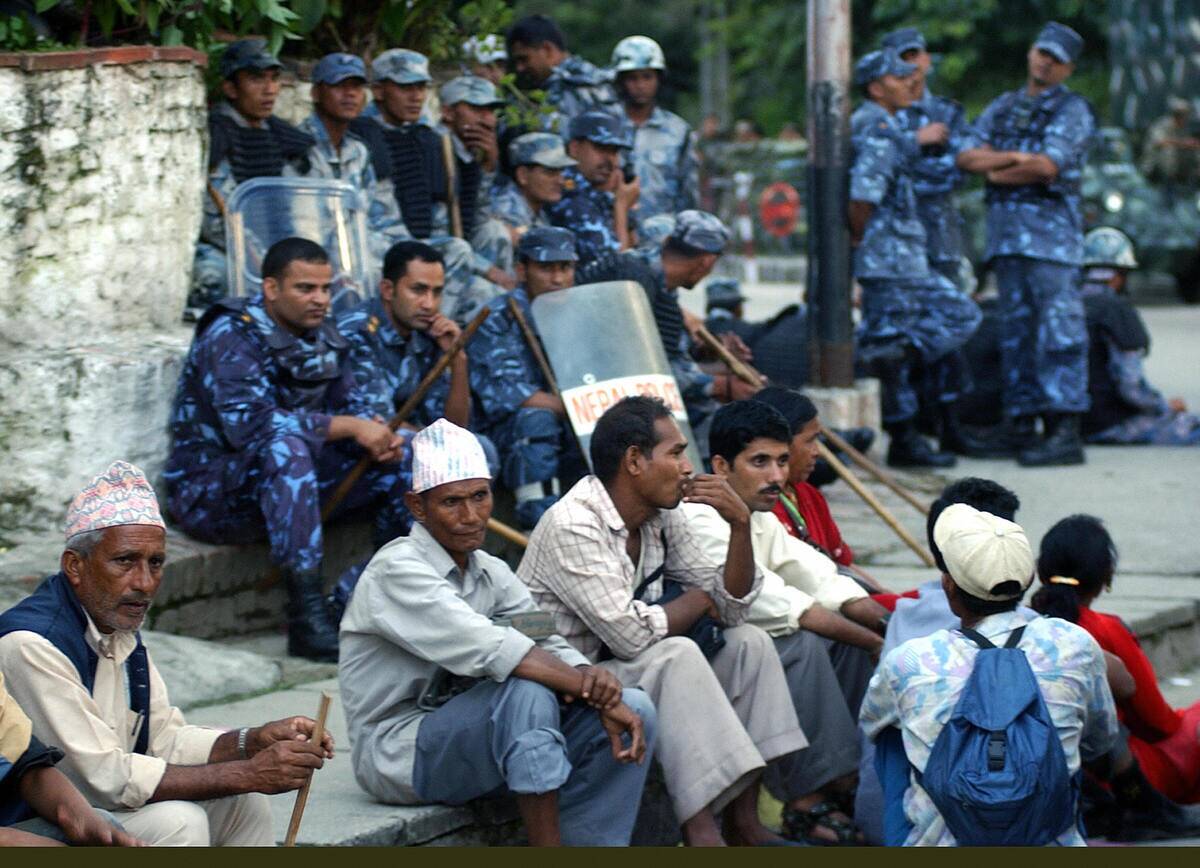
Nepal’s monarchy was officially ended in 2008, following a decade-long civil war and a series of political reforms. The transition to a federal democratic republic was driven by demands for greater political representation and social justice.
King Gyanendra’s reign was the last, as Nepal embraced a new political era focused on inclusivity and democratic governance. This shift was significant in reshaping Nepal’s national identity and political structure.
The Evolution of Monarchy in India
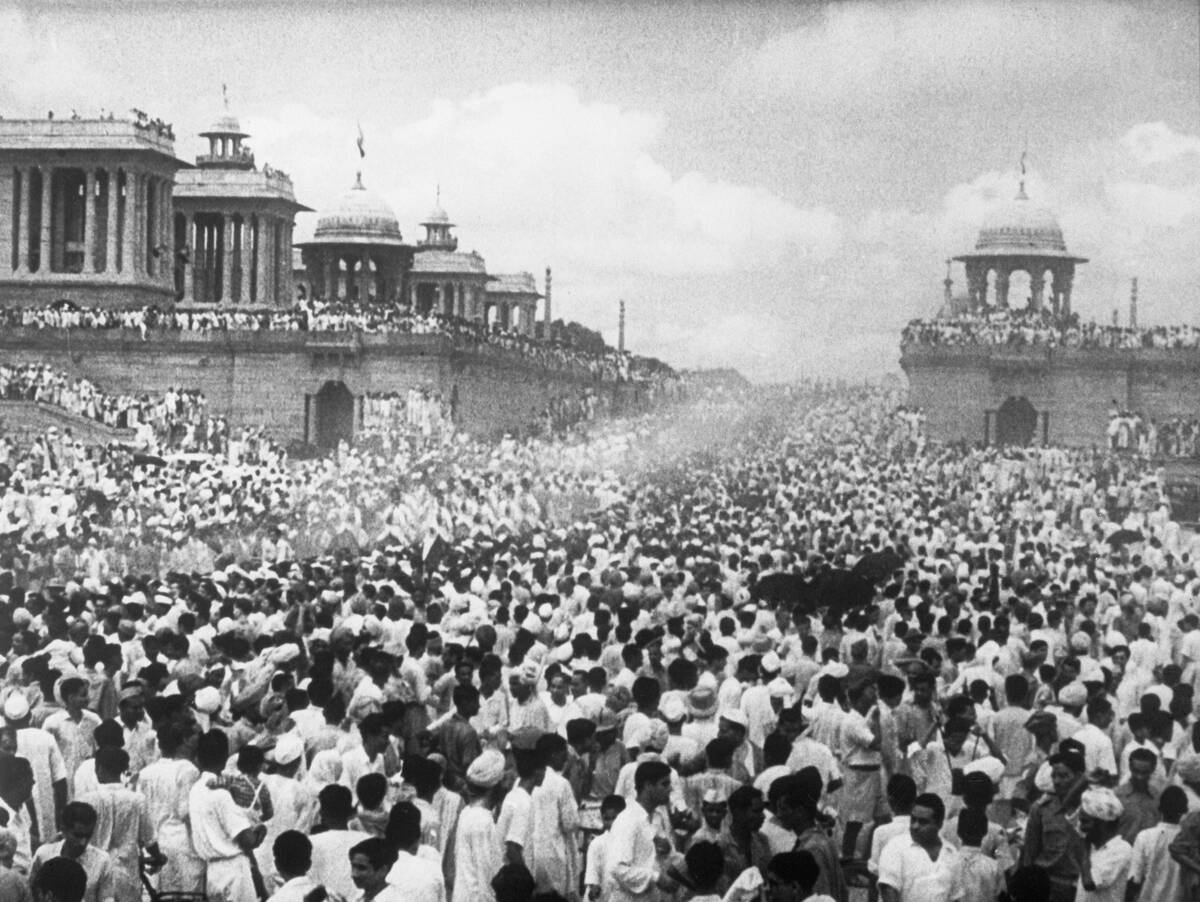
India’s princely states were integrated into the Indian Union after gaining independence in 1947. While India itself was never a single monarchy, it comprised numerous princely states under British suzerainty.
The integration of these states marked the end of monarchical rule in India, paving the way for the establishment of a democratic republic. India’s transition reflects a broader post-colonial trend of redefining political boundaries and governance structures in pursuit of national unity.



